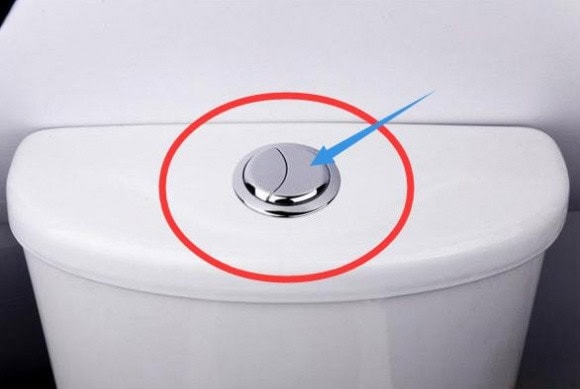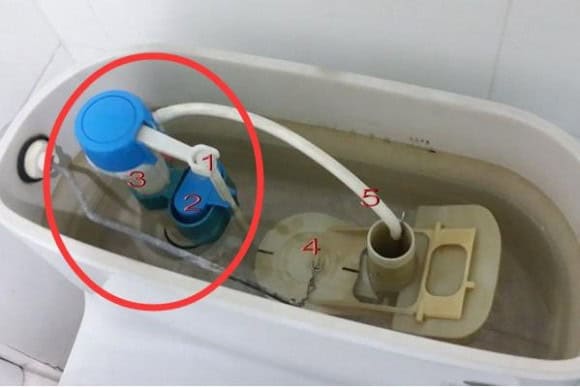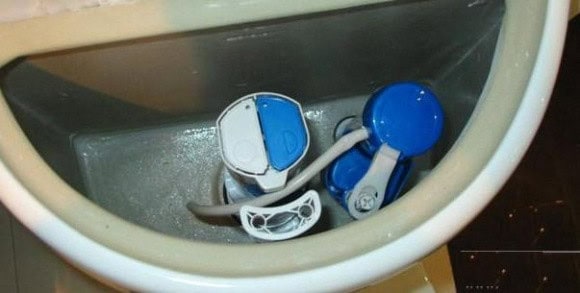Dual-flush toilets have become a staple in modern bathroom design, offering an efficient solution to water conservation. The idea was first conceptualized by American industrial designer Victor Papanek, who discussed it in his 1976 book “Design For The Real World.” The concept gained traction and was implemented in Australia in 1980, setting the stage for widespread adoption.

How Dual-Flush Toilets Work
Dual-flush toilets are designed with two buttons or a dual-action lever, each controlling a different volume of water:
- Small Flush: This option uses approximately 3-4.5 liters of water and is intended for liquid waste. By using less water, it significantly reduces the overall water consumption.
- Large Flush: This setting uses about 6-9 liters of water and is suitable for solid waste. It ensures effective flushing while still being more efficient than traditional single-flush systems.
By selecting the appropriate flush mode, households can save a substantial amount of water—up to 20,000 liters annually—compared to conventional single-flush toilets.
Advantages of Dual-Flush Toilets
- Water Conservation: The primary benefit is the significant reduction in water usage, which is crucial given the global emphasis on sustainable resource management.
- Cost Savings: Reduced water consumption leads to lower utility bills, providing financial savings over time.
- Environmental Impact: By conserving water, dual-flush toilets contribute to environmental sustainability, aligning with eco-friendly initiatives and practices.
Disadvantages and Considerations
While dual-flush toilets offer numerous benefits, there are some drawbacks to consider:
- Higher Initial Cost: These systems tend to be more expensive upfront than traditional single-flush toilets due to their advanced design and technology.
- Maintenance Issues: Dual-flush toilets use a drop valve system that can be prone to leaks. If debris or other issues prevent the valve from closing properly, it can result in continuous water flow and wastage.

Addressing Common Misconceptions
Despite their prevalence, dual-flush toilets are sometimes misused. A common error is pressing both buttons simultaneously, which defaults to a large flush. This practice negates the water-saving benefits and undermines the purpose of having a dual-flush system.

Practical Tips for Optimal Use
- Educate Household Members: Ensure everyone understands how to use the dual-flush system correctly. Demonstrating the purpose and function of each button can prevent misuse.
- Regular Maintenance: Routine checks and maintenance can prevent leaks and ensure the toilet functions efficiently.
- Consider Upgrades: If you have an older model, upgrading to a newer dual-flush system can enhance efficiency and further reduce water usage.
Conclusion
Dual-flush toilets represent a significant advancement in sustainable bathroom technology. By understanding and utilizing these systems correctly, individuals can make a meaningful contribution to water conservation efforts. Proper use not only benefits the environment but also offers financial savings, making dual-flush toilets a wise choice for modern households focused on sustainability.

